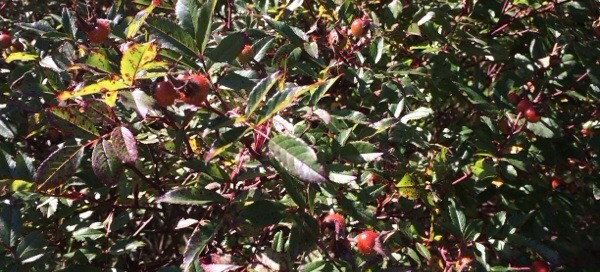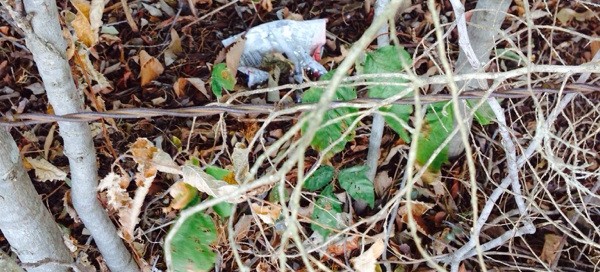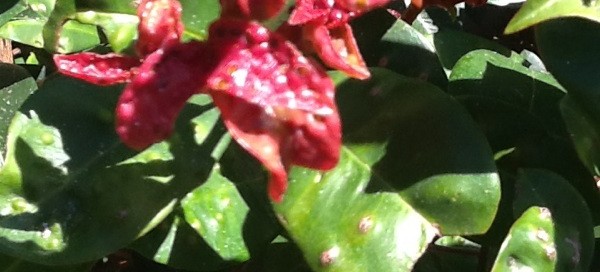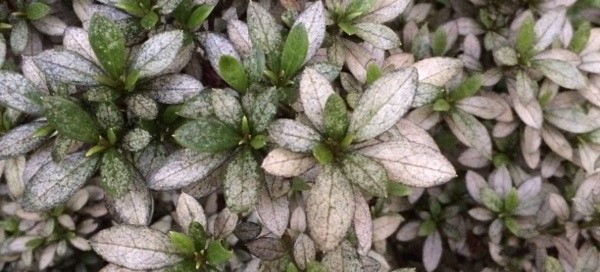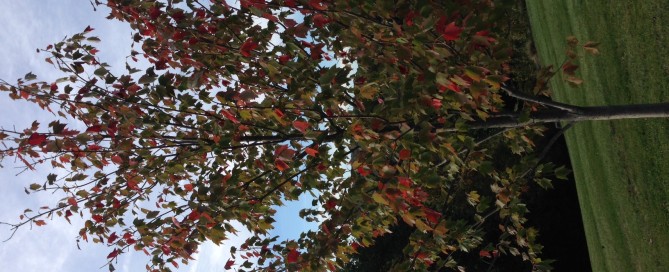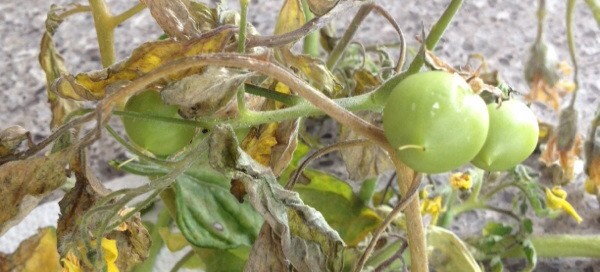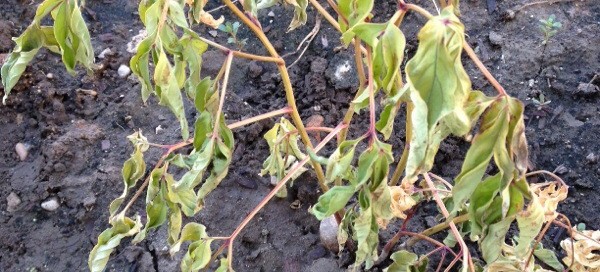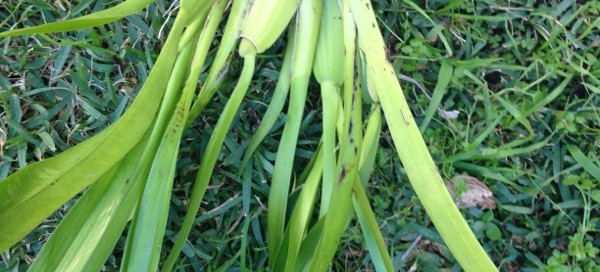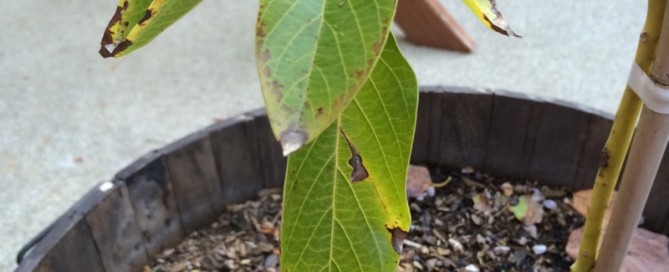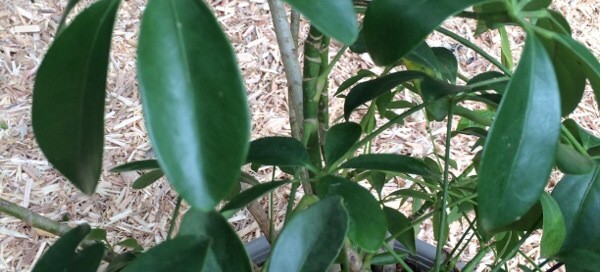Rose Hips
The orange red orbs are rose hips (the seed bearing fruit of the rose flower) from what may be a rugosa rose, but we cannot say which for sure as there are hundreds of roses for gardens. They are often harvested as a source of vitamin C for tea and some people make a jam out of them. Before eating any, please get a confirmation of the identity from another source such as your local garden center or cooperative extension service, ideally with some cutting samples in hand. Also make sure the plant has been raised organically with no chemical fungicides or insecticides sprayed on or near the plant. This is especially important with roses as all sorts of poisons are often sprayed on them or put into the soil where they are absorbed by the plant.
